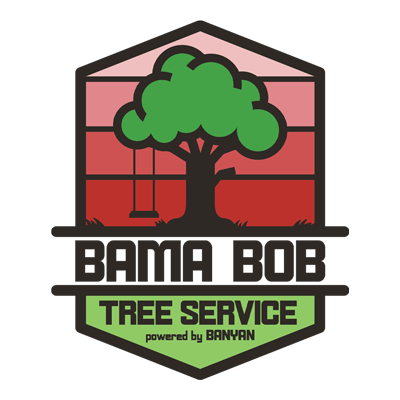After a storm, walk around your tree and look for these danger signs:
- Hanging or broken branches
- Splits in tree branches
- Broken or uneven tree top, called the canopy
- Decay, holes, splits or cavities in tree trunk
- Heaving soil at the base of the tree
- Pulled or visible root system
- Uprooted or toppled tree
- Entire tree leaning
If you spot any of these signs, it’s usually best to phone a professional because your tree poses a risk and could fall or break at any time. Use your discretion, and know a certified arborist can help with every step of the process. They can clean up storm debris, repair damaged spots by pruning and determine if your tree needs to be removed.
Or if you’re curious, learn more about the most common tree injuries and what to do next below.

- Inspect trees. After storms, your tree may pose a safety risk–especially if you see large fallen branches, a split tree trunk or a broken tree top. Look for danger signs, like these, and see what you should do next.
- Pick up small twigs, leaves and debris. Use as you please. When dry, branches make excellent firewood. Or see if your local township will turn them into wood chips. As for the leaves, compost them and work them into the soil to improve it.
- Clean up smaller branches. If you examined your tree, saw no major structural damage and only a few small branches damaged, you can likely DIY. The caveat? The branches should be less than 2” in diameter and be able to be accessed from the ground without a ladder. If that’s the case, grab your tree trimming tools, and remove small damaged branches.
- Trim leaf-damaged plants. If the stems of your annuals, perennials or vegetable plants are still intact, simply remove the damaged leaves. Even if the flower or shrub was uprooted, you can try to replant and prune if the stem looks okay. Just don’t remove more than a third of leaves at once. That way, your plants will have enough leaves left to replenish what they lost.
- Remove plants with broken stems. On the flip side, if your plants have damaged leaves and a snapped stem, it’s not going to recover. So, remove and replace.
- Fix small or large puddles on the lawn. If you often spot a small pool in the yard after storms, you’ve got a problem with water runoff in that area. Try planting water-loving shrubs or trees nearby, so they can help soak up that water. Or if it’s a larger puddle each time, consider filling in the depression or redirecting the water flow.
- Help your trees recover. Small actions, like mulching, proper watering and fertilizing, throughout the year help maintain the health of your trees. And in turn, healthy trees are less likely to have deadwood break off during storms.


